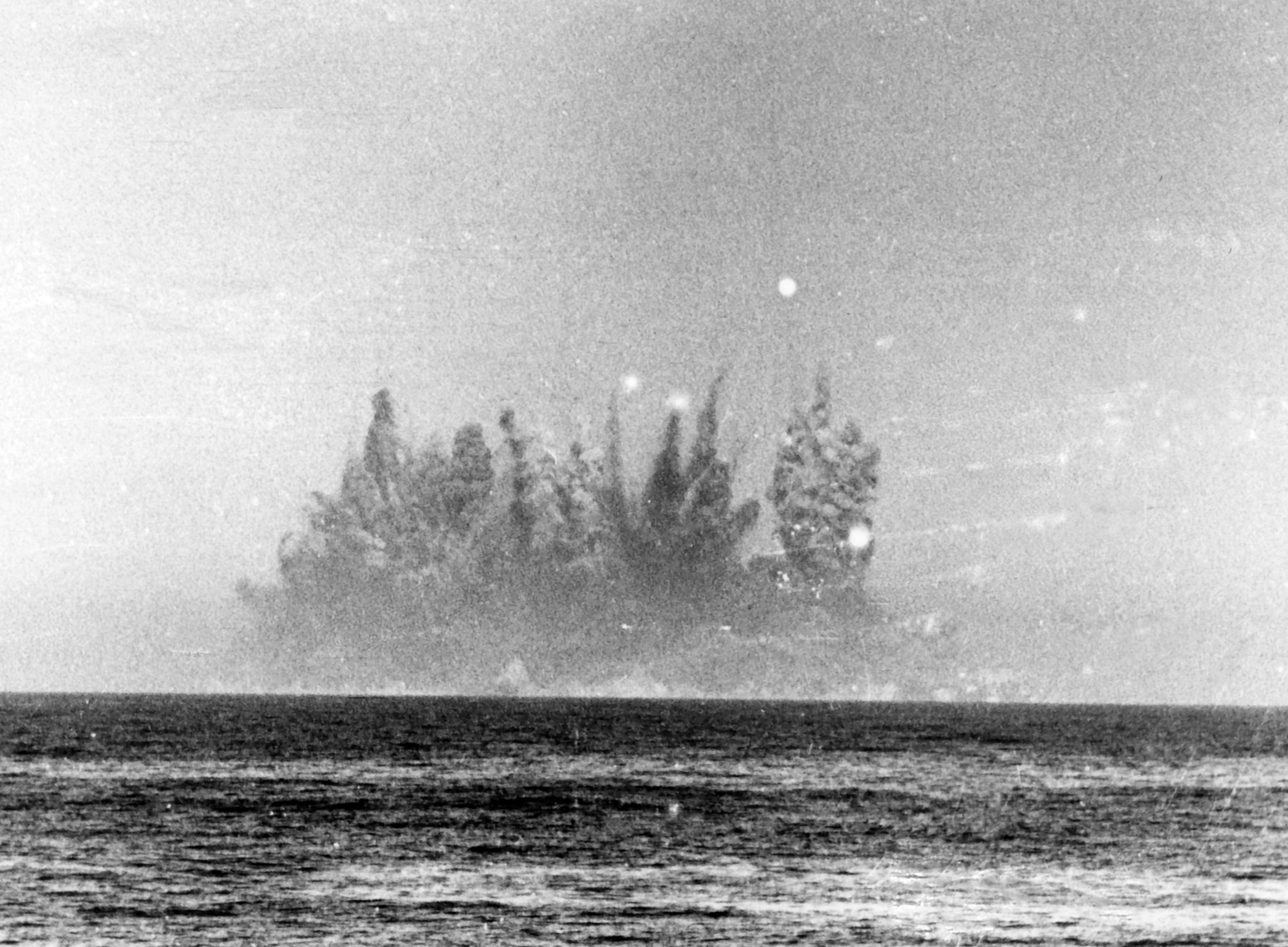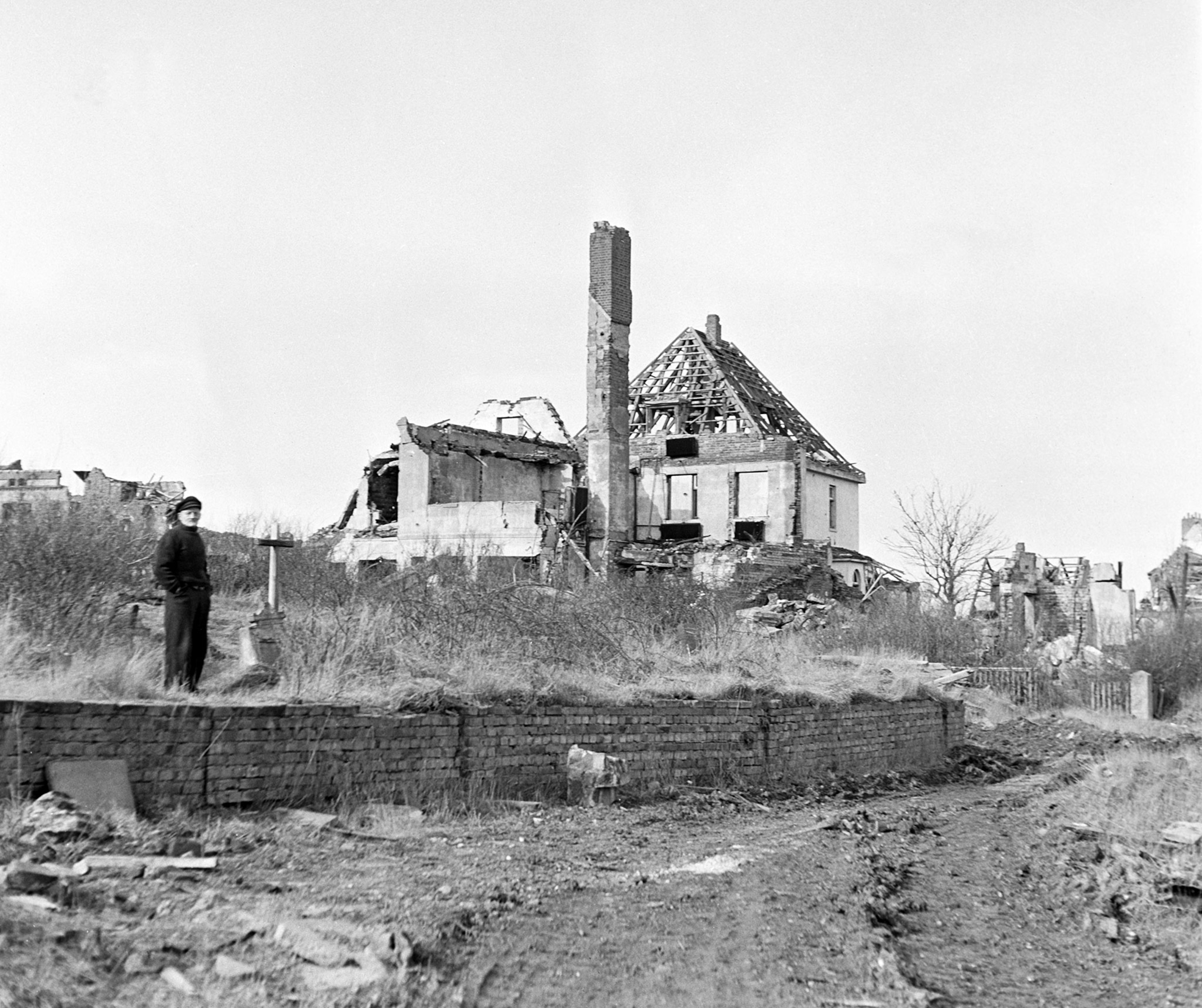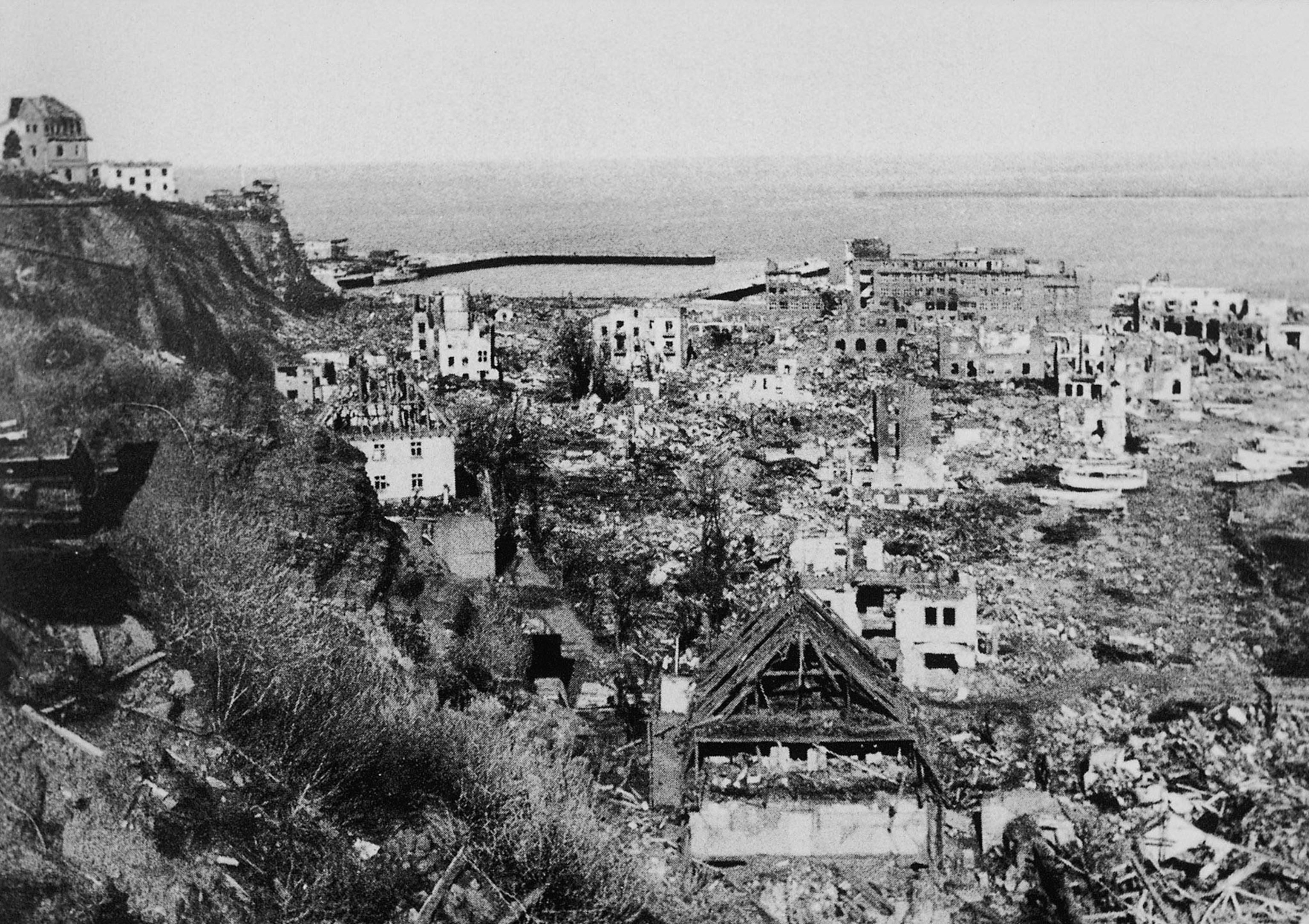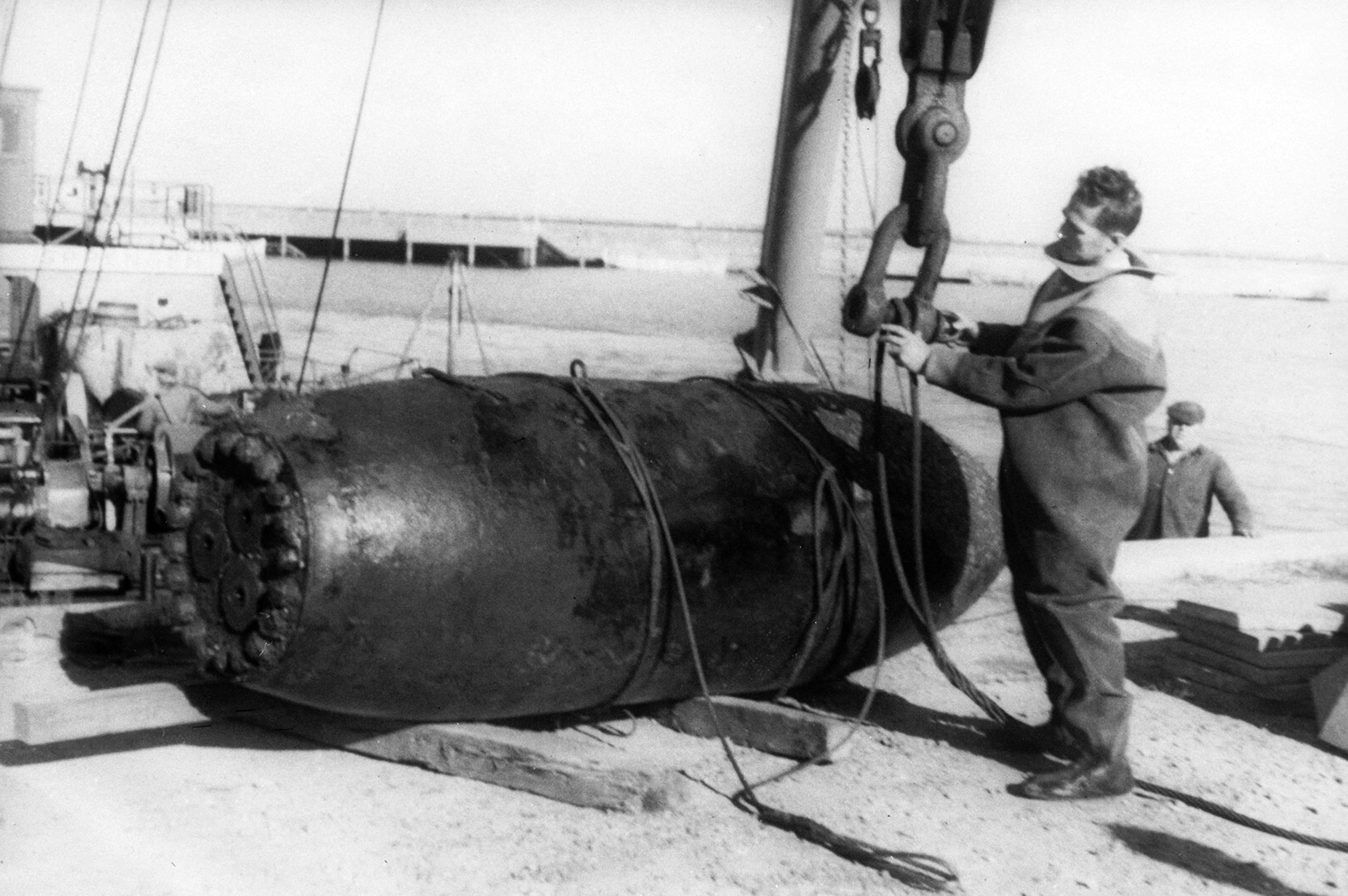That time the British tried to blow up an island
One of the largest planned non-nuclear explosions in history was supposed to take out an island smaller than Central Park. What actually happened?

The tiny island of Helgoland in Europe’s North Sea is today both a tourist idyll and the center of a booming offshore wind-turbine industry. But this seemingly inoffensive slip of land once posed so dire a threat that one of the world’s greatest empires tried to blow it up.
Helgoland (or Heligoland) is strategically located about 30 miles off the northwest German coast at the edge of the North Sea, and Danish kings and German dukes had vied for it since medieval times. Its name may mean “holy land,” perhaps because the Germanic fertility goddess Nerthus was worshipped there in ancient times—and it covers less than one square mile (smaller than New York’s Central Park). It’s usually not visible from the mainland and is considered Germany’s only “offshore” island. About 1,200 people now live there, while an even smaller, uninhabited island lies a quarter mile away.
In 1807, during the Napoleonic Wars, Britain seized the island from Denmark after imposing a naval blockade on Europe. The British saw Helgoland as a bargaining chip to persuade neutral Denmark to ally against France, but it ended up ruling the island instead.
By the end that century, however, the British Admiralty saw little use for Helgoland, and in 1890 it was traded for control of Zanzibar, an island in the Indian Ocean at that time ruled by Germany.
Kaiser Wilhelm II, the new leader of the recently unified Germany, proudly outfitted his recent acquisition with fortifications and guns to protect another new creation: the Kiel Canal, completed in 1895 to link the North Sea to the Baltic.


Helgoland was considered a special threat to Allied forces during World War II, when Germany built additional fortifications and facilities on the island to support its naval fleet during the Battle of the Atlantic, including underground tunnels, coastal artillery, a military airfield, and heavily reinforced storage pens for Nazi U-boats
Researchers have watched the sea from Helgoland for 60 years. Here's what they've learned.
But Helgoland played little role in the war until it was heavily bombed by Britain in 1945 and Germany evacuated the roughly 2,000 islanders to the mainland. Britain then occupied the deserted island, and after the war used its underground tunnels to store dangerous amounts of surplus ammunition. Two years later, in 1947, the British authorities saw an opportunity to rid themselves forever of the troublesome island, which they now saw as a potential naval stronghold for Britain’s 20th-century enemies—especially Germany.
Operation 'Big Bang'
"Operation Big Bang"—codenamed with typical British understatement—took place on April 18, 1947, with the detonation on the island of more than 7,000 tons of British surplus wartime ammunition, including naval shells and aerial bombs, stored on the island of Helgoland.
Opponents of the plan in both Britain and Germany worried the explosion might shatter the island's porous sandstone and destroy it completely. The idea was especially common in post-war Germany, where the continued occupation of the island by the British had become a national affront to a defeated country.
But the British did not expect that Helgoland would be completely obliterated, says Jan Rüger, a historian at Birbeck University of London and the author of Heligoland: Britain, Germany, and the Struggle for the North Sea.
“They couldn’t be entirely sure what would happen, but their intention was, first, to destroy all remaining military installations on the island,” he says. “And second, it was to show audiences at home and abroad—especially in Germany—that the tradition of German militarism had come to an end.”
The blast was equivalent to 3.2 kilotons of the explosive TNT and was the largest non-nuclear artificial explosion in world history until the Minor Scale test in 1985.
Only one building was left standing on the island: a German anti-aircraft tower that was rebuilt as a lighthouse. Helgoland’s network of underground tunnels and other military facilities was demolished.

Rüger says the shape of the island was changed dramatically by Operation Big Bang. “But it still stood and became a symbol for Germans after the war who liked to see themselves as victims rather than perpetrators,” he notes.
A 'rumble, like thunder'
One of the few native Helgolanders still alive from that time remembers hearing the blast as a “rumble, like thunder” in the German seaside town of Cuxhaven, about 35 miles away. “At that moment, it was clear to all of us: Heligoland had been blown up," tour guide Olaf Ohlsen told Der Spiegel in 2017.
Ohlsen was 11 years old and returned with other islanders in 1952 when Britain returned Helgoland to Germany. He remembered searching for a graveyard where he was supposed to lay flowers but couldn’t find it amid the destruction: "I couldn't even find the church,” he recalled. “The sight was horrible.”
But one thing managed to survive Operation Big Bang: a prominent, gnarled mulberry tree that survived the 1947 blast and is now known today as the “Miracle of Helgoland.”
The tree represents the island’s resilience, Ohlsen told Der Spiegel: “It is the symbol of our will to survive, our will to start over again.”
YEAR-LONG ADVENTURE for every young explorer on your list
FREE limited-edition frog drawstring bag with every Nat Geo Little Kids Book Bundle subscription




